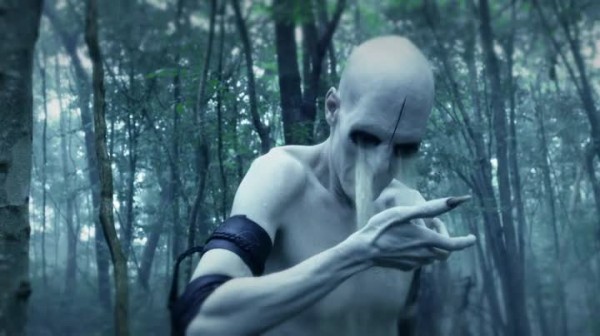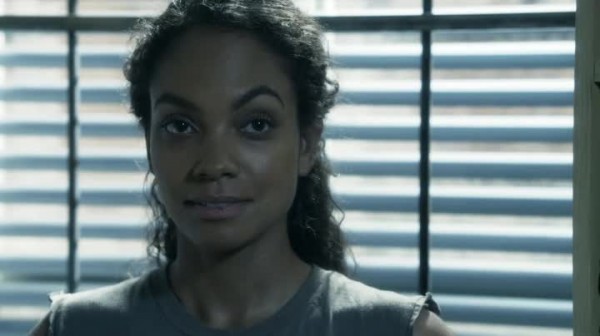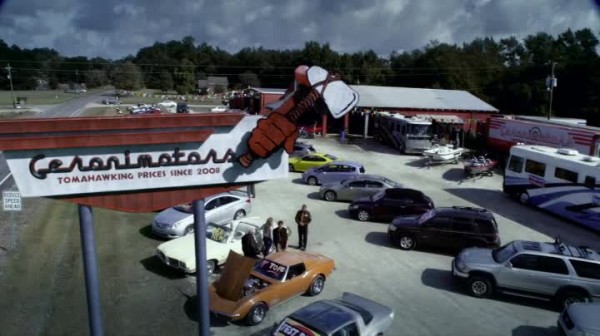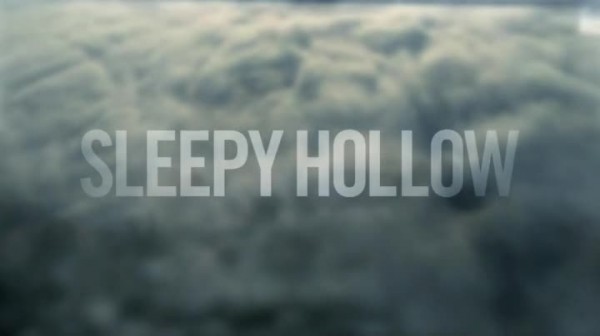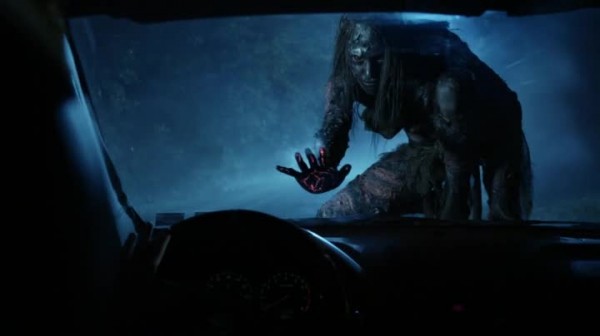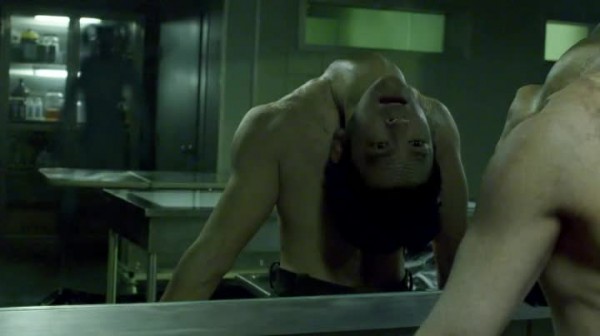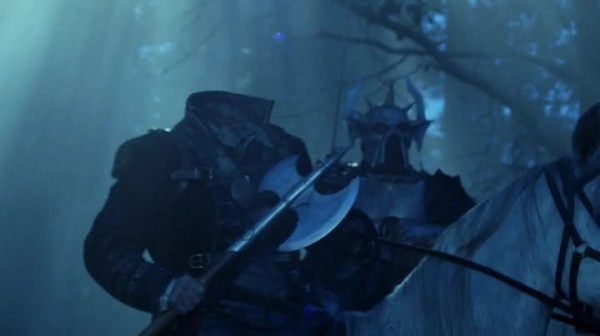
Bunny Yeager’s Nude Camera

1963
Directed by Barry Mahon

I was photographing naked women before Mary Tyler Moore ever threw her hat in the air!
Those of you unfamiliar with Bunny Yeager are probably at a loss as to why she has several films following her around on her job. Until you learn her job is taking cheesecake photos of naked women at a time when there were few photographers making a living at that job and even fewer women photographers making a living at that job.
Anyone who has spied an old old issue of Playboy (or a newer issue reprinting some of the old photos, or even random Tumblr reblogs) are probably familiar with her work without even knowing it. Though Bunny did spend a little bit of time in front of the camera, her fame came from being behind it and getting large supply of women taking tasteful photographs. Bunny’s strength was her womanhood, which made her 1000 times less creepy when she approached a girl to ask if she would model, as opposed to some greasy-looking old guy. The most famous of her many models was Bettie Page, and Yeager’s iconic photographs of her wearing a leopard print bikini (made by Yeager herself!) helped turn Page into one of the biggest pin-up models in history. Yeager is also credited with taking the famous shots of Ursula Andress in a white bikini on the set of Dr. No.
Bunny Yeager’s Nude Camera takes great pains to let us know that Bunny doesn’t consider what she’s doing exploiting women, but in fact elevating them and freeing them from set rules of society. They are able to slip free from their defined roles, given an opportunity to make money, and even their boyfriends who object to the idea often warm up when the pictures are shown or the money paid out. The threadbare plot involves convincing a young woman to pose, as she wants to earn extra money so her and her beau can get married quicker. The girl is given the ability to make her choice of marriage quicker than if she didn’t have the ability to get naked for money. One could argue that it is a shame that educational and employment opportunities for women in the 1960s were such that taking it off was the only real option for some, and I will not deny that. Nor will I deny that many of those problems still exist today. But I will not deny that women and men have the right to strip off if they so desire. As we see in the film, Yeager did all this with a family, able to go out and do photo shoots because her husband Bud worked at home as a print artist (magazine and album covers and such).

Director Barry Mahon spends 20 minutes of this nudie film showing how cool he is.
Director Barry Mahon is a story all to himself. The man who directed the
Thumbelina’ portion of
Santa Claus and the Ice Cream Bunny? Barry Mahon. Mahon was born in the US, but joined the Royal Air Force in 1941 and became an ace on his 98th mission, which also saw him getting shot down and captured. He was interned at the POW camp Stalag Luft III (the camp from
The Great Escape) where he escaped twice and was recaptured twice. After he was rescued in 1945 and the war ended, he became the personal pilot for Errol Flynn, and then became involved in the entertainment industry as Flynn’s manager. Mahon’s commpany, The Production Machine, was on the forefront of modernizing production, pioneering use of spreadsheets and computers to handle production work. He also directed an amazing array of films: oddball pro-Cuban Revolution fake documentary
Cuban Rebel Girls (featuring Errol Flynn narration!), awful nudist films such as
The Beast That Killed Women, propaganda-fest
Rocket Attack U.S.A., filmed children’s plays
The Wonderful Land of Oz,
Jack and the Beanstalk, and
Santa and the Three Bears (through his Childhood Productions company), strange erotic films such as
Fanny Hill Meets Dr. Erotico and
Fanny Hill Meets the Red Baron, and this pseudo-documentary film about Bunny Yeager then puts himself and his airplane in the middle of it. It’s also interesting how he portrays himself as a jetsetting playboy when script girl Clelle Mahon is Barry Mahon’s wife. Mahon followed up
Bunny Yeager’s Nude Camera with
Bunny Yeager’s Nude Las Vegas.
The credits are a mix of models who have drifted to obscurity and pseudonyms that aren’t fooling anyone. Yanka Mann? Irish O’Brien? There is also a Rusty Allen credited, but if she is the famous Rusty Allen, I cannot say. Bunny operates out of Miami, which at that time was a mecca of the tiny but fierce adult entertainment industry. After the Supreme Court allowed filming of nudity on nudist colonies, Florida’s great weather year round and mock-vacation culture (people would work all summer up north, then use the money to live in Miami during the winter) was the perfect place to film and photograph. Like many of the nudie cutie flicks, Bunny Yeager’s Nude Camera is awash with padding. From long shots of various girls posting for photographs to a strange side quest to Key West, the script seems mostly improvised and then narrated over after the fact. Even the tiny bit of plot – the dilemma of if potential new girl Terry’s boyfriend will be okay with her posing in the buff – is a minuscule conflict at best.
The print is chopped up with sound samples missing, but it is probably the only copy left, so stop complaining!

 |
Bunny Yeager (Bunny Yeager) – Our heroine. We follow a typical few days for Bunny as she picks up potential models, strives to take the perfect shots that will win her a fat purse, and spends time checking in on her husband Bud (I am guessing he is the Bud Erwin in the credits) and their kids.
|
|

Dudes in the 1960s were totally turned on by this. I guess. No wonder everyone did drugs!






